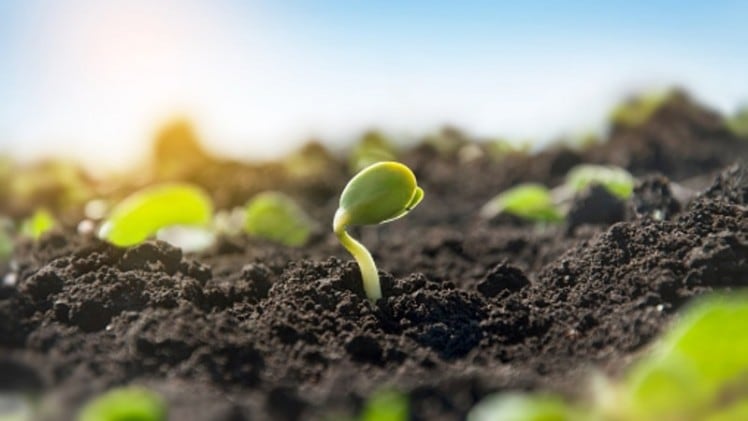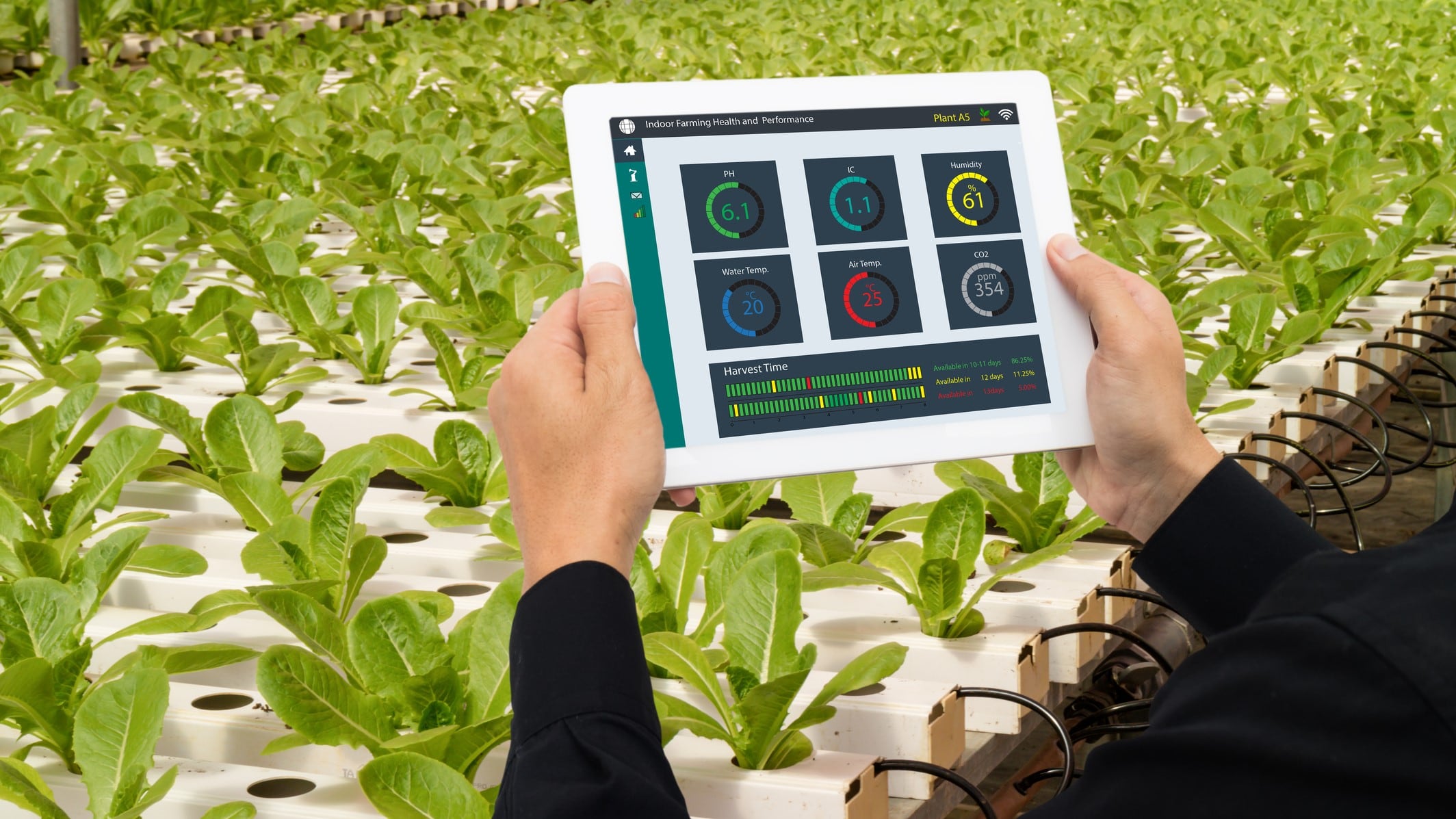With the world’s atmospheric carbon dioxide (CO2) levels reaching 420 ppm (parts per million) from the pre-industrial level of 280 ppm, it's essential to find ways to remove excess CO2 from the atmosphere to limit global warming.
Additionally, around half the global CO2 fixation occurs in the oceans. Managing ‘blue carbon’ — carbon stored by coastal and marine ecosystems — could enhance carbon sequestration in the oceans. As a fast-growing marine plant, seaweed could play a significant role in this effort; it's estimated that seaweed's global area and net primary production could rival that of the Amazon rainforest, and seaweed farming could sequester CO2 when submerged in deep ocean.
However, seaweed farming’s rapid expansion needs careful consideration due to potential environmental and societal impacts. Disease transmission to wild seaweed populations and alterations in biodiversity are some concerns that need addressing.
Moreover, uncertainties persist about the actual impact of carbon export from seaweed restoration and farming sites on atmospheric CO2 levels. While evidence suggests that nearshore seaweed farming contributes to carbon storage in underwater sediments, it's unclear how scalable this process is.
There is currently no standardised way to measure or verify seaweed farming’s carbon sequestration impact. As such, before large-scale investments are made into seaweed-based climate change projects, accurate carbon accounting and sustainability assessments are needed.
An ocean of challenges
A multi-country review — conducted by researchers in Australia, Norway, Japan, Saudi Arabia, Denmark, South Korea, Indonesia, Spain, Malaysia and Singapore — has highlighted eight key challenges and provided context for assessing seaweed's potential to combat climate change, shedding light on the potential of seaweed across various challenges and possibilities.
The first challenge the review highlighted was quantifying seaweed carbon sequestration. Researchers have been struggling to accurately estimate the amount of atmospheric carbon seaweeds can capture and store. Preliminary global estimates suggest that seaweed primary production could sequester significant amounts of organic carbon (OC) in the oceans.
However, these estimates lack verification from experiments and modelling studies. The complex nature of carbon fluxes across the seaweed carbon cycle, influenced by factors like location and seaweed life cycles, makes precise quantification difficult.
The next challenge is the development of measurement tools. Advancements in tracing and measuring carbon fluxes from seaweeds are essential for incorporating them into climate change mitigation strategies. Techniques like environmental DNA (eDNA) detection and remote sensing using satellites offer promising ways to track seaweed populations and their carbon flows. Yet, accurately distinguishing seaweed signatures from other elements in the environment remains a challenge.
Thirdly, elucidating seaweed’s climate change contribution is also difficult. Wild seaweed forests play a critical role in climate change mitigation through carbon sequestration.
However, the impact of stressors, including ocean warming and over-harvesting, needs to be better understood. Conservation and restoration efforts, such as establishing marine protected areas and genetic modifications for resilience, could enhance their carbon storage potential. Calculating historical and current carbon sequestration rates of wild seaweed forests is crucial for assessing their contribution to climate change mitigation.
The fourth challenge comes from seaweed aquaculture’s role. The rapid growth of seaweed aquaculture presents an opportunity for unintentional carbon sequestration during farming.
Seaweed biomass and dissolved organic carbon released during growth could contribute to carbon sinks in ocean sediments. However, accurately estimating the extent of this contribution is challenging due to factors like aquaculture methods and ecosystem interactions. Life cycle analyses are necessary to determine the net impact of seaweed aquaculture on carbon mitigation.
The future prospects of seaweed aquaculture products comprise the fifth challenge. Seaweed aquaculture products have shown promise in reducing emissions due to their lower carbon footprint compared to traditional alternatives. Some seaweed products can substitute for items in various industries, like using seaweed-based bio-plastics instead of petroleum-based plastics. However, the extent to which these products can replace existing items and their overall impact on emissions reduction is not yet fully understood.
Sinking seaweed to sequester CO2 is yet another challenge. ‘Ocean afforestation’, which involves deliberately sinking seaweed to sequester CO2, has resurfaced as a potential solution to escalating atmospheric CO2 levels. While some companies are exploring this idea, uncertainties surround its effectiveness, and there are concerns about potential impacts on deep sea ecosystems and oxygen levels. Ethical considerations have also arisen, as the sinking of seaweed could conflict with its potential use for food and other purposes.
Naturally, environmental impact is another challenge — seaweed aquaculture can offer positive environmental outcomes, including mitigating ocean acidification, reducing eutrophication and supporting marine habitat restoration. It also presents economic and social development opportunities, particularly in coastal communities.
However, potential negative impacts remain unquantified. Expanding seaweed cultivation could introduce new species to marine ecosystems, impacting bio-diversity. The interaction between cultivated seaweed and native marine life, as well as its potential role in nutrient cycling, requires careful consideration.
Last but not least, expanding seaweed aquaculture and its related mitigation potential entail complex policy and governance challenges. International treaties and agreements governing oceanic activities, such as The Law of the Sea and The International Seabed Authority, influence the implementation of seaweed aquaculture in international waters. Collaboration among nations is crucial to address cross-boundary seaweed carbon storage and prevent double-counting of sequestration.
Sea the future
While the seaweed industry holds promise for climate change mitigation, key knowledge gaps and uncertainties persist. Accounting for seaweed's carbon sequestration is more intricate compared to other vegetated blue carbon sinks. While restoring seaweed ecosystems and expanding aquaculture should be encouraged for reasons like emissions reduction, these endeavours require cautious, science-backed approaches. Accurately quantifying carbon sequestration and the scalability of seaweed-based solutions is essential for making informed decisions about the industry's climate change mitigation role.
Thorough scientific investigation, well-defined policies and international cooperation are necessary to ensure seaweed’s effectiveness and sustainability. As scientists tackle these challenges, their efforts could provide valuable insights into leveraging seaweed ecosystems and aquaculture practices for effective carbon sequestration and climate change mitigation strategies.
Source: Science of the Total Environment
“Potential role of seaweeds in climate change mitigation”
https://doi.org/10.1016/j.scitotenv.2023.163699
Authors: Finnley WR Ross, et al.




